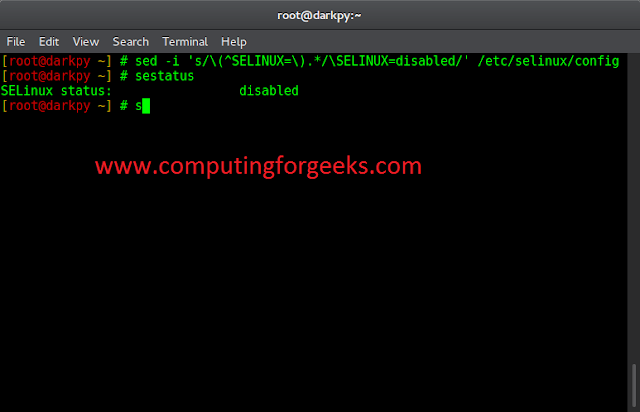Joining two different tables on their matching columns can be done using nested loops, but a more efficient and scalable way is to use multimaps. The idea is to map from each column value that we want to join to all the rows that contain it, to generate a multimap from a table out of both tables.
The multimap generated has to be hash-based. Hashing is essentially a technique converting a large element into a small element that represents the same element. Therefore, generate the multimap for the smaller table, thus decreasing its generation time and memory size.
Example:
Approach:
- Create the two tables.
- Now, get the ID of the columns on both of the tables.
- Then create and implement a multimap for mapping to various rows of table B.
- Print the result after the above steps.
Below is the implementation of the above approach:
C++
// C++ program for hashjoin on two tables#include <iostream>#include <string>#include <unordered_map>#include <vector>using namespace std;// Generate two tables to joinusing tab_t = vector<vector<string> >;// Table 1tab_t tab1{ // Age Name { "32", "Rahul" }, { "25", "Anshul" }, { "17", "Lok" }, { "25", "Akil" }, { "17", "Anshul" }};// Table 2tab_t tab2{ // Student Friend { "Rahul", "Tim" }, { "Rahul", "Siva" }, { "Anshul", "Gary" }, { "Anshul", "Azhar" }, { "Lok", "Vamsi" }};// Overloading of Output Operatorostream& operator<<(ostream& o, const tab_t& t){ // Iterate through the table t for (size_t i = 0; i < t.size(); ++i) { o << i << ":"; for (const auto& e : t[i]) o << '\t' << e; o << endl; } return o;}// Function that perform join operation// on the two tablestab_t Join(const tab_t& a, size_t columna, const tab_t& b, size_t columnb){ unordered_multimap<string, size_t> hashmap; // Use of Hashmap for (size_t i = 0; i < a.size(); ++i) { hashmap.insert({ a[i][columna], i }); } // Perform Mapping tab_t result; for (size_t i = 0; i < b.size(); ++i) { auto range = hashmap.equal_range( b[i][columnb]); // Create new joined table for (auto it = range.first; it != range.second; ++it) { tab_t::value_type row; // Insert values to row row.insert(row.end(), a[it->second].begin(), a[it->second].end()); row.insert(row.end(), b[i].begin(), b[i].end()); // Push the row result.push_back(move(row)); } } return result;}// Driver Codeint main(int argc, char const* argv[]){ int ret = 0; // Given Tables cout << "Table A: " << endl << tab1 << endl; cout << "Table B: " << endl << tab2 << endl; // Function Call auto tab3 = Join(tab1, 1, tab2, 0); // Print the joined table cout << "Joined tables: " << endl << tab3 << endl; return ret;} |
Table A: 0: 32 Rahul 1: 25 Anshul 2: 17 Lok 3: 25 Akil 4: 17 Anshul Table B: 0: Rahul Tim 1: Rahul Siva 2: Anshul Gary 3: Anshul Azhar 4: Lok Vamsi Joined tables: 0: 32 Rahul Rahul Tim 1: 32 Rahul Rahul Siva 2: 17 Anshul Anshul Gary 3: 25 Anshul Anshul Gary 4: 17 Anshul Anshul Azhar 5: 25 Anshul Anshul Azhar 6: 17 Lok Lok Vamsi
Ready to dive in? Explore our Free Demo Content and join our DSA course, trusted by over 100,000 neveropen!





